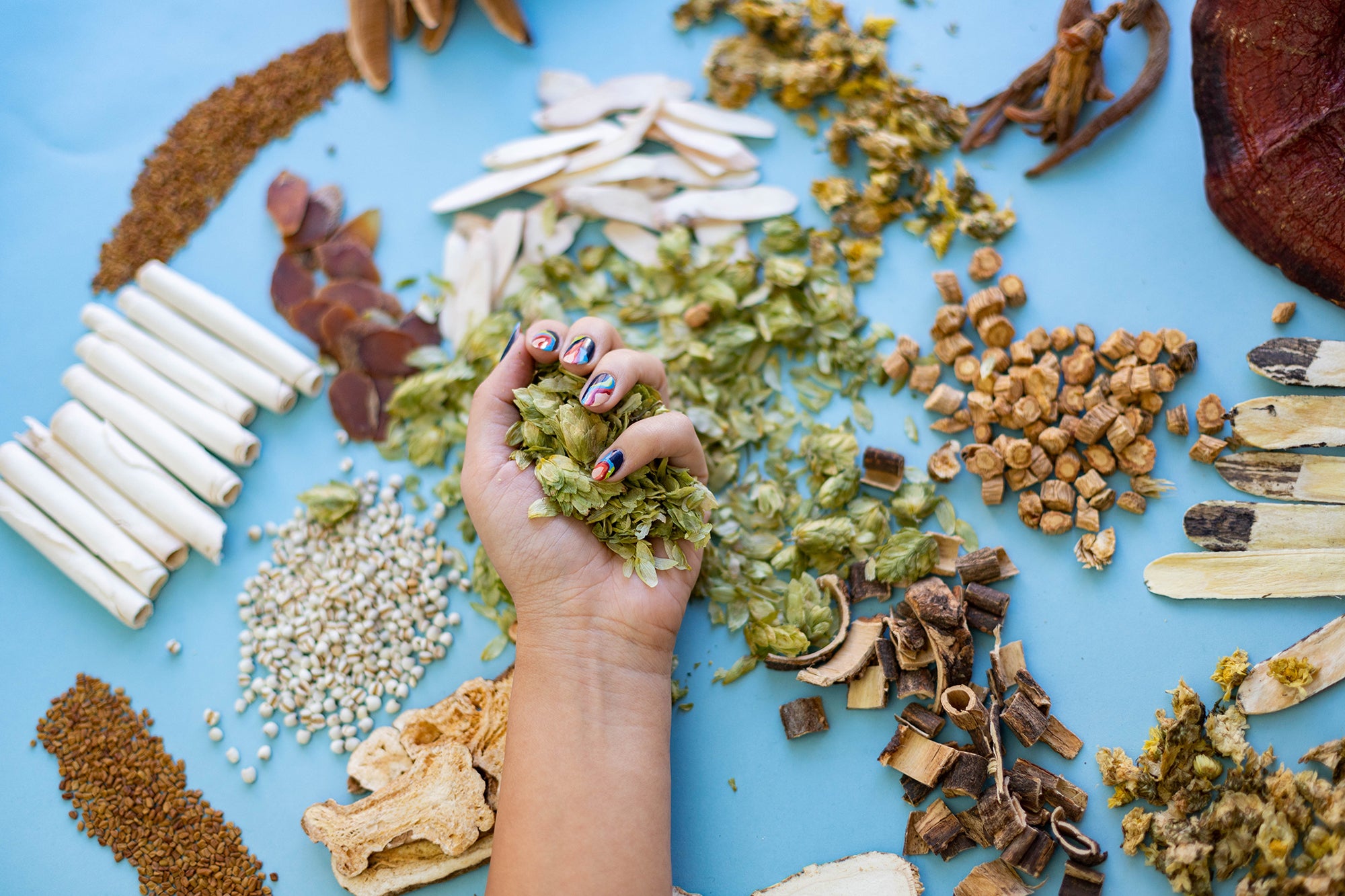Get This Report about Herbalife
Get This Report about Herbalife
Blog Article
Little Known Questions About Herbalife.
Table of ContentsThe 5-Minute Rule for HerbalifeGet This Report about Herbalife9 Easy Facts About Herbalife DescribedSome Known Incorrect Statements About Herbalife

In 1990, expense connected with "alternate" therapy in the United States was estimated to be US$ 13.7 billion. This had doubled by the year 1997, with herbal medications expanding much faster than any various other different therapy (Eisenberg et al. 1998). In Australia, copyright, and the United Kingdom, annual expenditure on standard medication is approximated to be US$ 80 million, US$ 1 billion, and US$ 2.3 billion, specifically.
The overall industrial value of the ethnobotanicals market can not be neglected. For instance, in 1995, the total turn over of nonprescription-bound organic medications in drug stores amounted to practically 30% of the total turn over of nonprescription-bound medications in Germany, and in the United States, the yearly retail sales of organic products was estimated to be US$ 5.1 billion.
Some Known Details About Herbalife
In China, the complete value of herbal medication manufactured in 1995 got to 17.6 billion Chinese yuan (about US$ 2.5 billion; Eisenberg et al. 1998; WHO 2001). This fad has continued, and yearly earnings in Western Europe reached US$ 5 billion in 2003-2004 (De Smet 2005). In China, sales of natural items totaled US$ 14 billion in 2005, and income from herbal medications in Brazil was US$ 160 million in 2007 (Globe Health And Wellness Organization; http://www.who.int/topics/traditional_medicine/en/). In China, in 2003, standard herbal medications played a prominent role in the approach to include and treat severe intense respiratory system syndrome (SARS), and in Africa, a standard organic medicine, the Africa flower, has been made use of for decades to deal with throwing away signs related to HIV (De Smet 2005; Tilburt and Kaptchuk 2008).
Herbs and plants can be refined and can be absorbed various means and forms, and they consist of the whole herb, teas, syrup, essential oils, ointments, salves, rubs, pills, and tablets which contain a ground or powdered type of a raw herb or its dried out essence. Plants and herbs extract vary in the solvent utilized for removal, temperature level, and extraction time, and consist of alcoholic essences (tinctures), vinegars (acetic acid removes), warm water extract (tisanes), long-lasting steamed essence, typically origins or bark (preparations), and chilly mixture of plants (macerates).

About 200 years ago, the first pharmacologically active pure compound, morphine, was created from opium extracted from seeds hulls of the poppy Papaver somniferum. This exploration revealed that drugs from plants can be cleansed and provided in specific dosages regardless of the source or age of the material (Rousseaux and Schachter 2003; Hartmann 2007).
Herbalife - An Overview
With this ongoing pattern, products from plants and all-natural resources (such as fungis and aquatic bacteria) or analogs inspired by them have contributed substantially to the business medication prep work today. Examples click include prescription antibiotics (e.g., penicillin, erythromycin); the heart stimulant digoxin from foxglove (Digitalis purpurea); salicylic acid, a precursor of aspirin, originated from willow bark (Salix spp.); reserpine, an antipsychotic and antihypertensive medication from Rauwolfia spp.; and antimalarials such as quinine from Cinchona bark and lipid-lowering agents (e.g., lovastatin) from a fungus (Rishton 2008; Schmidt et al.
Also, even more than 60% of cancer cells rehabs on the marketplace or in testing are based on natural items. Of 177 medicines accepted around the world for treatment of cancer, more than 70% are based upon natural products or mimetics, most of which are enhanced with combinatorial chemistry. Cancer cells therapies from plants include paclitaxel, separated from the Pacific yew tree; camptothecin, acquired from the Chinese "satisfied tree" Camptotheca acuminata and used to prepare irinotecan and topotecan; and combretastatin, originated from the South African bush willow (Brower 2008.
2010). In between 2005 and 2007, 13 medications originated from all-natural products were approved in the United States. Greater than 100 all-natural product-based drugs are in professional studies (Li and Vederas 2009), and of the overall 252 medicines in the World Wellness Organization's (WHO) important medication checklist, 11% are solely of plant beginning (Sahoo et al.
WHO has identified the essential contribution of conventional medication to provide necessary care (Globe Health and wellness Company, http://www.who.int/topics/traditional_medicine/en/. In 1989, the united state Congress developed the Workplace of Natural Medicine within the National Institutes of Health to motivate scientific research study in the area of traditional medicine (http://nccam.nih.gov, last accessibility: November 5, 2010), and the European Scientific Cooperative on Phytotherapy (ESCOP) was established in 1989 with the objective of progressing the clinical condition and harmonization of phytomedicines at the European level (www.escop.com, last gain access to: November 5, 2010).
The Best Strategy To Use For Herbalife
In the United States, the National Facility for Corresponding and Alternative Medicine at the National Institutes of Health and wellness spent around US$ 33 million on natural medications in the 2005; in 2004, the National Canadian Institute devoted virtually US$ 89 million for examining a range of standard treatments. While this range of investment is reduced contrasted to the total r & d expenses of the pharmaceutical industry, it however mirrors authentic public, market, and governmental passion in this area (Li and Vederas 2009). With remarkable growth in the interest in and use conventional medicines worldwide, two main locations of concern emerge that bring significant difficulties.

Report this page